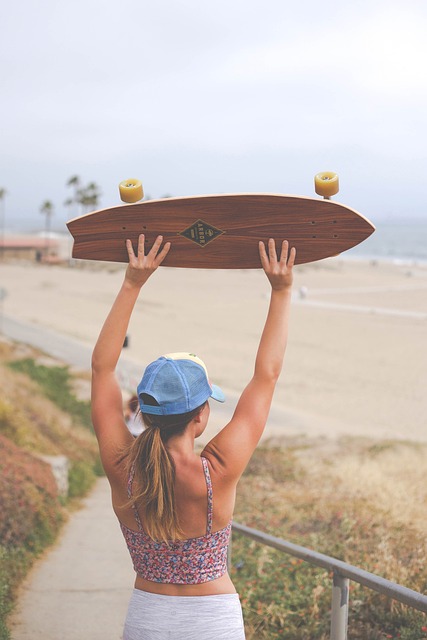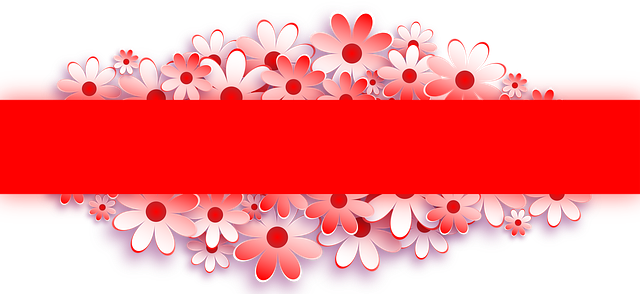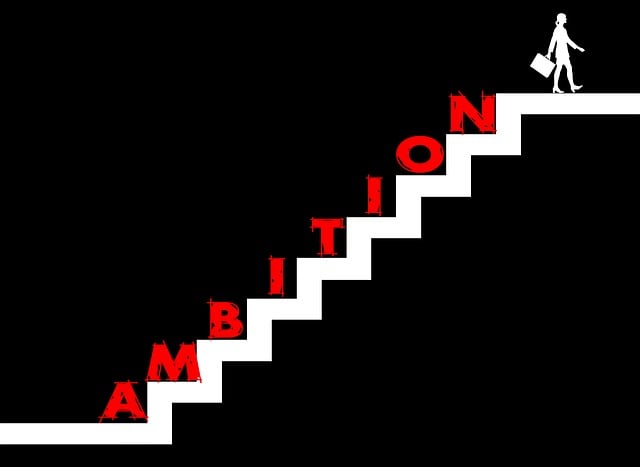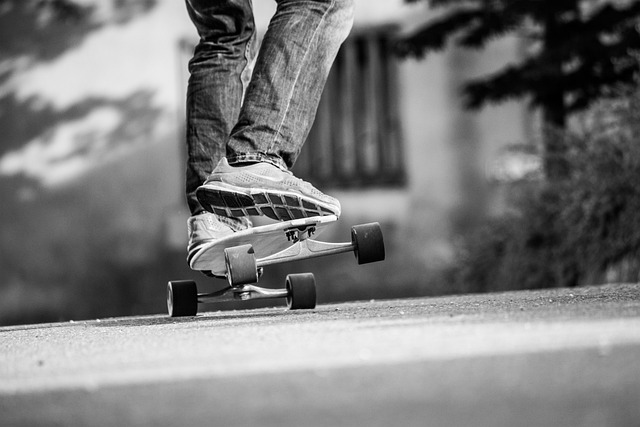When choosing your first longboard, focus on stability, opting for longer boards (with wider stances) and larger wheel sizes (70mm+) with soft durometers. Tailor your selection to your riding style and terrain. Practice turns on flat surfaces, then gradually tackle steeper slopes. Master basic carving techniques to control speed and direction. Distribute weight evenly and keep knees bent for balance. Invest in high-quality gear, including protective equipment and a toolkit. Prioritize safety with proper maintenance, reflective clothing, and first aid knowledge.
Introducing our comprehensive guide designed specifically for long rides, tailored to help both new and seasoned longboard enthusiasts. From choosing your first longboard, understanding fundamental techniques like turning and carving, to mastering balance and safety measures, this article covers all you need to know to embark on longer journeys confidently. Whether you’re just starting or looking to enhance your skills, essential gear and accessories are also explored, ensuring a secure and enjoyable experience for every beginner longboarder.
Choosing Your First Longboard: Factors to Consider for Beginners

When picking your first longboard, several factors come into play, especially if you’re new to this thrilling activity. One key consideration is stability and balance. Longer boards provide more stability, making them ideal for beginners. Look for decks with a wider stance to offer better balance while riding. Additionally, the shape of the board matters; drop-through or double-kick designs are popular choices as they allow for various riding styles and make it easier to perform tricks and maintain control.
Another essential aspect is wheel selection. Larger wheels (typically 70mm or more) are recommended for beginners as they provide a smoother ride over rough surfaces and offer better speed retention. Soft durometers (around 75A-85A) are also preferable because they absorb impacts better, reducing the learning curve’s severity. Lastly, consider your riding style and terrain; whether you’re focusing on cruising, carving, or freestyle tricks, choosing a board that aligns with your preferences will enhance your overall experience as a longboard for beginners.
Understanding the Basics: Getting Started with Longboarding

Longboarding is an exhilarating activity that offers a unique way to explore and enjoy the outdoors, especially on longer rides. For beginners, it’s essential to grasp the fundamentals before hitting the road (or track). A longboard for beginners should be stable, offering a larger surface area for better balance, which is crucial when learning to carve turns and maintain control at various speeds.
Getting started involves finding the right board that suits your style; different shapes cater to various techniques. Practice on flat surfaces first, focusing on pushing, carving, and braking smoothly. As you gain confidence, navigate towards steeper slopes, always prioritizing safety with protective gear and learning basic rescue skills.
Mastering the Art of Turning and Carving on Longboard

Longboarding is an art, and one of its most captivating aspects is the skill required to turn and carve smoothly on longer boards—a must-have for any longboarder, beginner or pro. For newcomers to this exciting sport, understanding how to navigate turns efficiently can make or break their experience. The key lies in balancing speed, leverage, and body positioning. Beginners should start with basic carving techniques, focusing on small, controlled turns to build confidence and feel the board’s response.
As they gain proficiency, they can gradually increase the radius of their turns, learning to use their legs and feet as tools to cut through the turn, a technique known as ‘carving.’ This involves shifting weight from the tail to the nose during the turn, allowing for tighter, more fluid maneuvers. Mastering these skills not only enhances longboarding enjoyment but also ensures safer rides, as it enables riders to control speed and navigate varied terrain with ease.
Building Balance: Tips for Stability on Longer Rides

Maintaining balance is crucial when it comes to longer rides, especially for those new to longboarding. One key tip is to distribute your weight evenly across the board. For beginners, it might feel natural to lean heavily on one side, but practicing an even stance will improve stability significantly. Keep your arms relaxed and at a 90-degree angle, engaging your core to maintain balance without straining your upper body.
Another helpful technique is to focus on keeping your knees slightly bent, which provides a stable platform and helps absorb bumps in the road. Additionally, learn to anticipate turns by tilting your body slightly before making them, ensuring a smooth transition rather than sudden adjustments that can disrupt your balance. These practices will build confidence and ensure a more enjoyable long-ride experience for new riders.
Essential Gear and Accessories for Longboarders

For those new to longboarding, proper gear and accessories are essential for a comfortable and safe experience. A quality longboard designed for cruising and distance is the foundation. Look for boards with larger wheels, soft durometers, and smooth trucks to absorb shocks and make rides smoother.
Don’t forget protective gear like a helmet, knee pads, and elbow pads, especially when tackling longer distances or more challenging terrain. Water-resistant clothing and a backpack with secure storage for your belongings are also valuable investments. A set of spare wheels and a tool kit will come in handy for minor adjustments on the go, making your longboard for beginners even more reliable and enjoyable to use.
Safety Measures: Ensuring a Secure and Enjoyable Long Ride Experience

When embarking on long rides with a longboard, safety should be the top priority, especially for those new to this activity. Beginners must invest in high-quality gear, including a well-fitted helmet that complies with safety standards. Reflective clothing and visible accessories are also essential, ensuring you stand out during low-light conditions or bad weather. Additionally, learning basic first aid can prove invaluable in case of minor accidents or injuries.
Proper maintenance of your longboard for beginners is another critical aspect. Regular checks for tire pressure, breaks, and wheels can prevent unexpected breakdowns. Keep a small toolkit handy to fix any minor issues on the go. By prioritizing these safety measures, both newcomers and seasoned riders alike can enjoy long rides with increased confidence and peace of mind.
